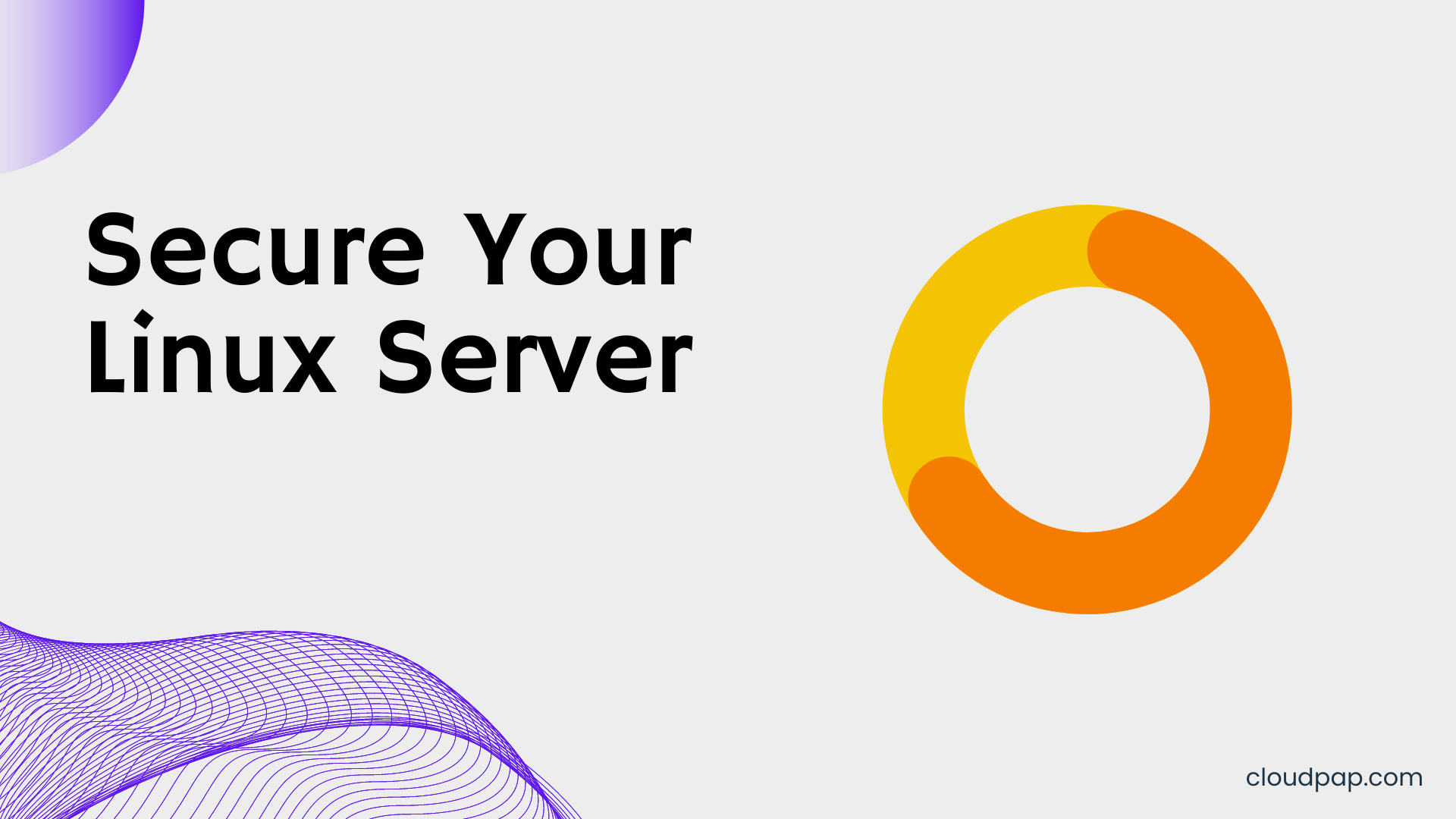Introduction
In today’s digital landscape, server security is of utmost importance. With the increasing number of cyber threats and the vulnerability of internet-exposed servers, it is crucial to take proactive measures to protect your VPS. By implementing effective server hardening techniques, you can significantly reduce the risk of unauthorized access and potential security breaches. In this comprehensive guide, we will explore essential tips to help you secure your Linux VPS from potential threats.
Tips for Server Hardening
For convenience, we’ll split the tips into two major categories: Software Configuration and User Management
Software Configuration
1. Use Secure Shell Protocol (SSH)
One of the fundamental steps in server hardening is to use the Secure Shell (SSH) protocol instead of insecure protocols like telnet or FTP. SSH provides a secure and encrypted channel for remote access, ensuring that the communication between your server and client is protected from eavesdropping and tampering.
2. Remove Unnecessary Packages
A minimalistic server setup minimizes the attack surface. Remove any unnecessary packages and services that are not essential for your server’s functionality. Uninstalling unused software reduces the potential vulnerabilities and ensures that only necessary components are exposed to potential attacks.
3. Keep Software Up to Date
Regularly updating your server’s software, including the operating system, applications, and libraries, is essential to protect against known vulnerabilities. Stay up to date with security patches and updates provided by your distribution’s package manager. Outdated software can be a gateway for attackers to exploit known vulnerabilities.
Firewalls
4. Set up Firewalls
Implementing a robust firewall is crucial for securing your Linux VPS. Firewalls act as a barrier between your server and the internet, controlling incoming and outgoing network traffic based on predefined rules. Configure firewall rules to allow only necessary services and ports while blocking unnecessary access attempts. Fortunately, Linux based OS come with free robust firewalls. Additionally, you can also use third party firewalls such as ConfigServer Firewall.
5. Setup Fail2Ban
Fail2Ban is a powerful utility that helps protect your server from brute-force attacks by monitoring system logs and dynamically blocking IP addresses of malicious actors. It detects repeated failed login attempts and automatically adds temporary firewall rules to block access from those IP addresses, making it harder for attackers to gain unauthorized entry.
6. Enable SELinux
Security-Enhanced Linux (SELinux) is a mandatory access control framework that provides an additional layer of security for your Linux VPS. SELinux enforces fine-grained access controls, limiting the actions that processes and users can perform on the system. By enabling SELinux, you can mitigate the impact of vulnerabilities and potential security breaches.
User Management
7. Disable Root User
By default, most Linux distributions create a root user account with administrative privileges. However, using the root account for day-to-day activities increases the risk of unauthorized access. It is recommended to disable the root user and instead create a separate user account with sudo privileges. This way, you can perform administrative tasks while maintaining a clear audit trail.
8. Enforce Strong Password Policies
Weak passwords are an open invitation to hackers. Enforce strong password policies that include a combination of uppercase and lowercase letters, numbers, and special characters. Encourage users to use unique passwords and consider implementing multi-factor authentication for an added layer of security.
9. Use SSH Keys instead of passwords
SSH Keys are more secure compared to password authentication. Most server providers allow you to upload an SSH Key during server setup process to allow more secure ways to access the server.
10. Set up Password Aging
Implementing password aging policies can help ensure that users periodically change their passwords. Set a maximum password age and enforce password changes after a certain period. This practice reduces the risk of compromised passwords due to long-term exposure or leaks.
Further Measures for Server Hardening
In addition to the configuration options above, it is recommended to follow the best practices below to further help you secure your server environment.
1. Log and Audit: Enable system logging and regularly review logs for any suspicious activities. Implement centralized log management to simplify monitoring and analysis. This way, should something be a miss, you will notice within a reasonable time frame and fix it quickly.
2. Regularly Backup your data: Regularly back up your server’s data to a secure location. We previously looked at features of a good backup solution which we recommend you follow. In the event of a security incident or data loss, backups can help restore your system to a known good state.
3. Monitor Listening Ports: Continuously monitor open ports on your server. Close any unnecessary ports and ensure that only essential services are accessible from the internet. In particular, services such as rpcbind and portmapper should be disabled if not in use as they are prone to attacks.
4. Separate Disk Partitions: Consider partitioning your server’s disks to isolate critical system files from user data. This separation adds an extra layer of protection and minimizes the impact of potential file system-level attacks.
Conclusion
Server hardening is a critical aspect of maintaining the security and integrity of your Linux VPS. In some countries, it is actually a requirement for servers running applications containing critical user data such as emails and credit card numbers. By implementing the essential tips outlined in this guide, you can significantly enhance your server’s defense against potential threats. Though all tips above can be done without incurring additional costs, in some cases, you may be required to purchase software to help improve your server security. This is especially so for financial institutions.





